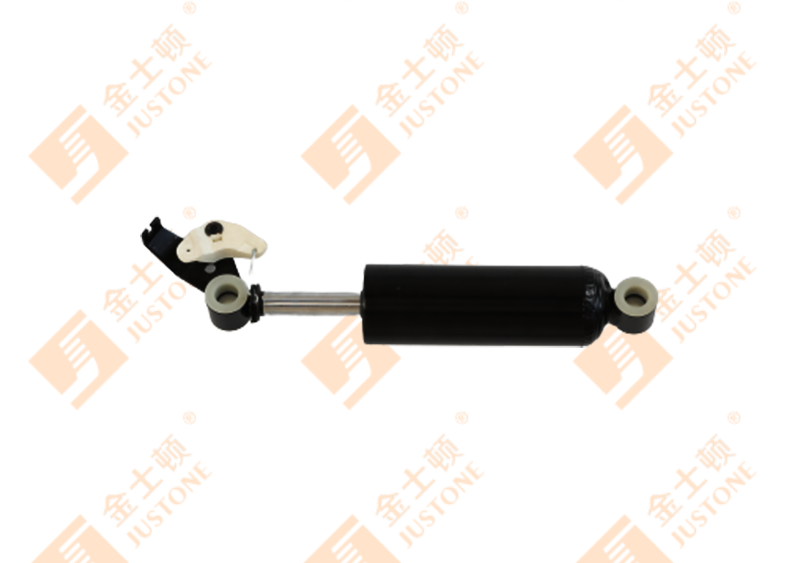Didn't find a product that suits you?
Contact us for the latest news.
The load capacity of a seat damper is determined through a combination of design considerations, material properties, and rigorous testing. Here are the key factors and steps involved in determining and influencing the load capacity of a seat damper:
Determination of Load Capacity:
Design Specifications:
Application Requirements: Define the specific requirements based on the intended application (e.g., automotive, aerospace, office chairs), including the expected weight range of users and usage conditions.
Load Scenarios: Consider various load scenarios, including static loads (constant weight of the occupant) and dynamic loads (movements, impacts, and vibrations).
Material Properties:
Material Strength: Select materials with appropriate mechanical properties, such as tensile strength, yield strength, and fatigue resistance, to withstand the expected loads.
Durability and Wear Resistance: Ensure materials are durable and resistant to wear over the expected lifespan of the damper.
Engineering Calculations:
Load Distribution Analysis: Perform calculations to determine how loads will be distributed across the damper components, considering factors like leverage, moments, and force vectors.
Safety Factors: Apply safety factors to account for uncertainties and variations in load conditions, ensuring the damper can handle peak loads safely.
Prototyping and Testing:
Prototype Development: Create prototypes of the seat damper based on initial design and calculations.
Load Testing: Conduct load testing using simulated conditions to measure the damper’s performance under different load scenarios. Tests may include static load tests, dynamic impact tests, and fatigue tests.
Performance Evaluation: Evaluate the damper’s performance in terms of load-bearing capacity, damping efficiency, and structural integrity. Adjust the design as necessary based on test results.

Factors Influencing Load Capacity:
Material Selection:
Strength and Rigidity: Stronger and more rigid materials can support higher loads without deforming or failing.
Fatigue Resistance: Materials with high fatigue resistance can endure repeated loading and unloading cycles, which is crucial for dynamic applications.
Design and Geometry:
Component Design: The design and geometry of the damper components, such as pistons, cylinders, and seals, influence load distribution and capacity.
Cross-Sectional Area: Larger cross-sectional areas can distribute loads more effectively and enhance load capacity.
Damping Mechanism:
Type of Damping: The damping mechanism (hydraulic, pneumatic, mechanical) affects how loads are absorbed and dissipated.
Damping Coefficients: The damping coefficients, which dictate the resistance to motion, play a role in how the damper handles dynamic loads.
Manufacturing Quality:
Precision and Tolerances: High manufacturing precision and tight tolerances ensure that components fit and function correctly, enhancing load capacity.
Quality Control: Rigorous quality control processes help detect and mitigate defects that could compromise load capacity.
Environmental Factors:
Temperature and Humidity: Environmental conditions such as temperature and humidity can affect material properties and damper performance. Materials and designs must account for these variations.
Corrosion and Wear: Exposure to corrosive environments or abrasive conditions can degrade materials, reducing load capacity over time.
Usage Conditions:
Frequency of Use: Higher frequency of use can accelerate wear and fatigue, impacting load capacity.
Load Variability: Variability in the applied loads, such as sudden impacts or fluctuating weights, influences the damper’s design requirements.
By carefully considering these factors and conducting thorough testing, manufacturers can determine and optimize the load capacity of seat dampers to ensure they meet the demands of their intended applications.